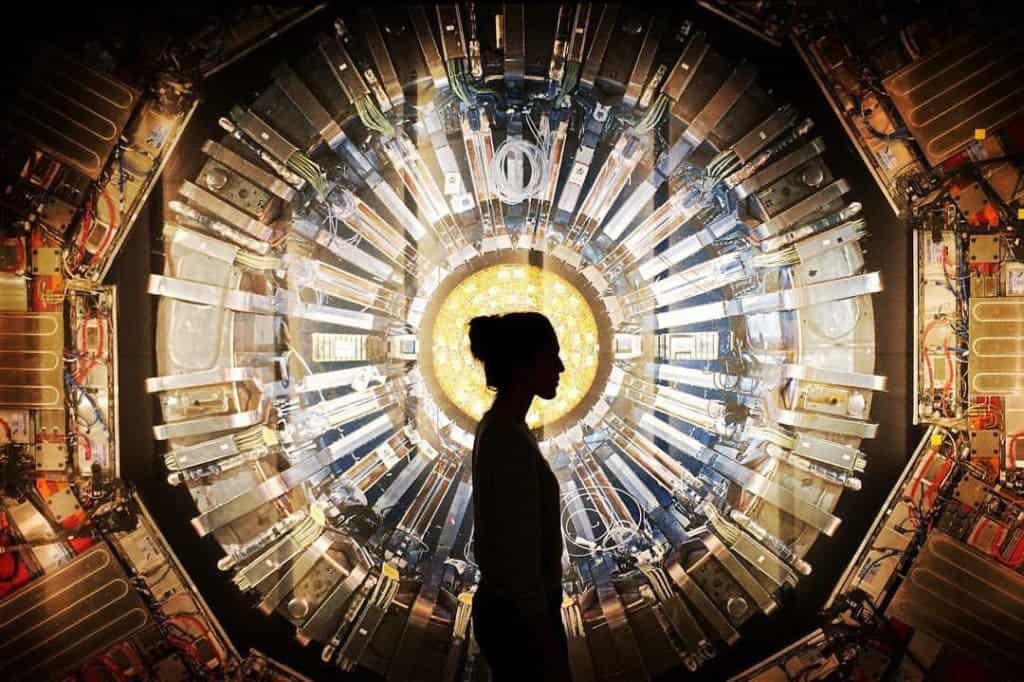Physicists working at the Large Hadron Collider beauty (LHCb) reported an intriguing anomaly in the way a particle decayed. Since the way it happened wasn’t predicted by the Standard Model of particle physics, the results hint of the presence of a new particle. The team is cautious, however, since the signal they observed is of limited statistical significance.

LHCb is one of seven particle physics detector experiments at the Large Hadron Collider, the particle accelerator which is most famous for recently confirming the existence of the Higgs boson, also known as the ‘God particle’ because it’s thought to be responsible for endowing mass to matter. This branch of the LHC specializes in b-hadron interactions or interactions between any particles made of bottom quarks. The latest research reported by CERN focused on following the interactions of B0 mesons, which is a specific type of B mesons.
The B meson is composed of a bottom antiquark and either an up (B+), down (B0), strange (B0s) or charm quark (B+c). According to the Standard Model of particle physics — a framework that describes three of the four known fundamental forces in the universe (the electromagnetic, weak, and strong interactions), as well as classifying all known elementary particles — when you collide B0 particles at high velocity, B0 mesons should decay in a variety of different modes.
The results, however, contradict every other decay mode predicted by the Standard Model. B0 decays into a particle called the kaon, and either a pair of electrons or a pair of muons. Muons and electrons are both leptons, but muons outweigh electrons by a factor of 200. The theory says that the B0 meson should decay into electron and muons with the same probability but LHCb found the decays involving muons occur less often.
Because it violates ‘lepton universality, the only obvious explanation is that some other yet unidentified short-lived particle is present in the loop. The new particle would be neither a proton nor an electron, but something different. Specifically, the data suggests the bottom quark might morph directly into a strange quark — something which is forbidden by the Standard Model — ejecting a new particle in the process called a Z9 boson. It would also pop into existence for a fraction of a second before decaying.
The other explanation is that they’re seeing a glitch in measurements. The statistical significance of the discovery is 2.2 to 2.5 sigma which means that about 1 in 100 times the observation is due to randomness. That might sound like a pretty confident observation but in the realm of particle physics, results are considered unquestionably valid at 5 sigma which implies a one in 3.7 million chance of the effect happening due to randomness. This possibility seems more probable. For instance, last year a team from LHC claimed it may have found a new exotic particle. The observations had an ever higher sigma statistical rating but follow-up observations showed the initial signal was just noise.
Simply put, scientists need to collect way more data in order to clarify the nature of these finds. If it’s indeed a new particle, then the Standard Model will be extended to include it and our physics will become richer. We might have an answer pretty soon seeing how CERN physicists are already analyzing data from a much larger sample collected in ‘Run 2’.


